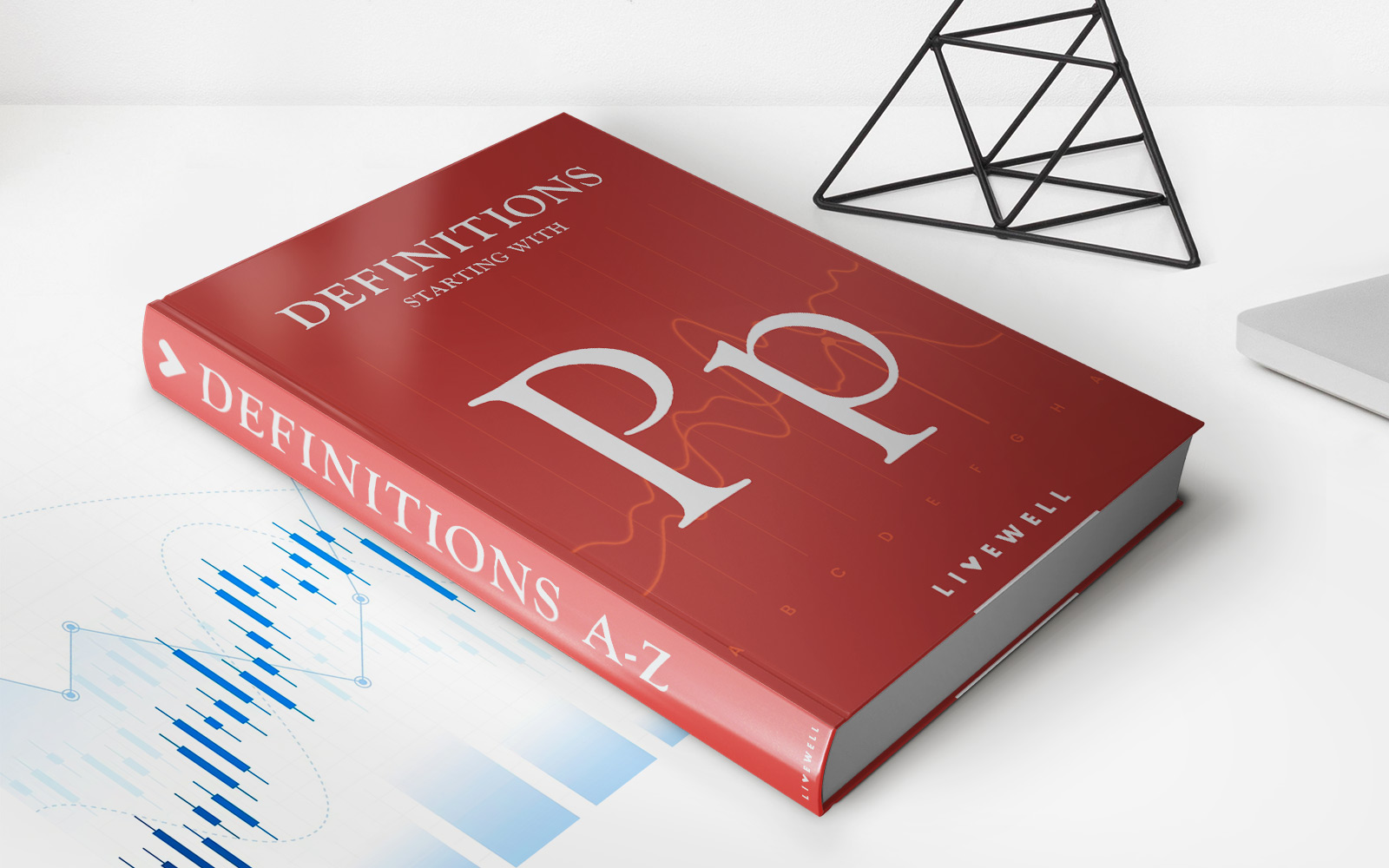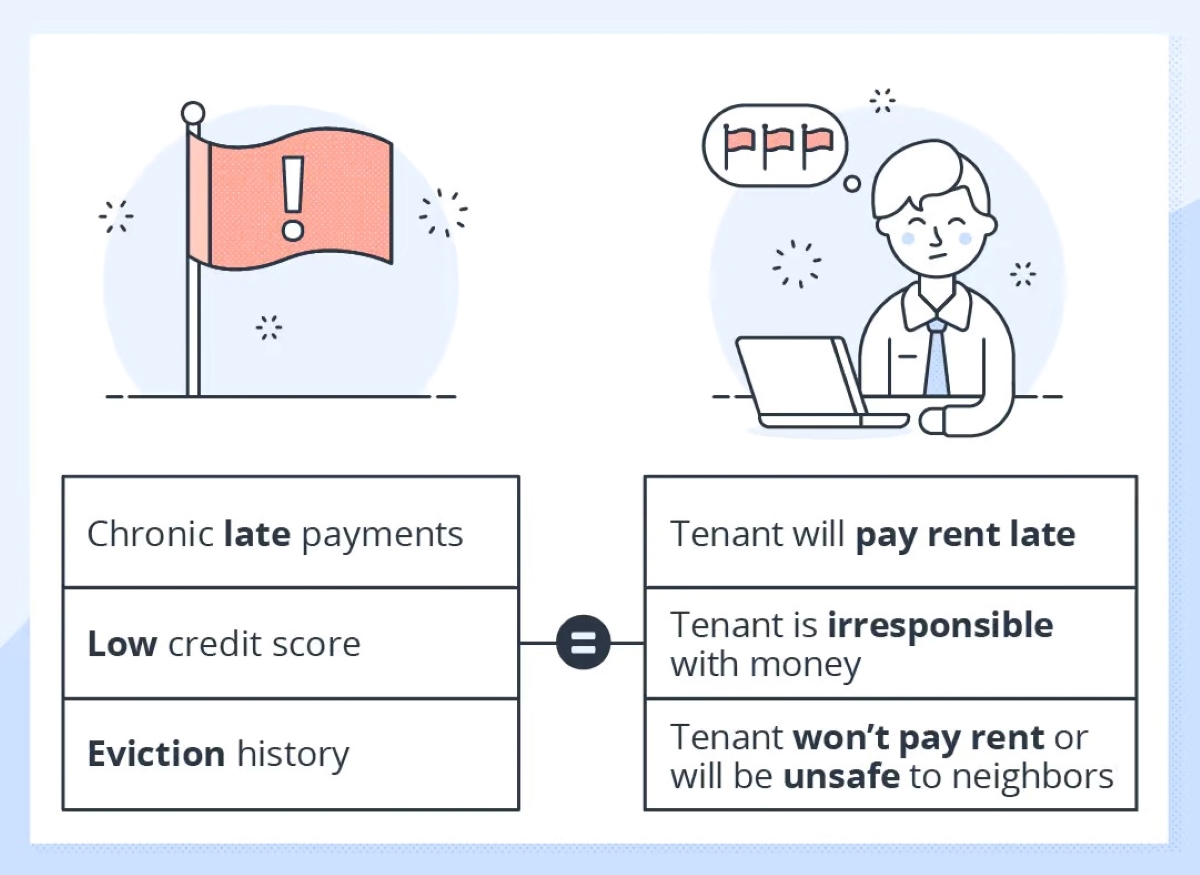

Finance
General Public Distribution Definition
Published: November 30, 2023
Learn about general public distribution in finance and how it impacts businesses. Understand the definition and importance of this concept in the financial industry.
(Many of the links in this article redirect to a specific reviewed product. Your purchase of these products through affiliate links helps to generate commission for LiveWell, at no extra cost. Learn more)
Understanding General Public Distribution in Finance
Finance is a vast field encompassing various aspects of money management, investment, and capital allocation. One significant area within finance is the concept of general public distribution, which plays a crucial role in many financial transactions. In this blog post, we will delve into the definition of general public distribution, its importance, and how it impacts the financial industry.
Key Takeaways:
- General public distribution involves the sale of securities or financial instruments to the general public.
- It provides individuals with an opportunity to invest in a company and participate in its growth.
What is General Public Distribution?
General public distribution is a process where securities or financial instruments, such as stocks, bonds, or mutual funds, are made available for sale to the general public. It is often conducted through a regulated market, such as a stock exchange, where these securities can be bought and sold. This allows individuals who are not part of the company or institution issuing the securities to become investors and own a portion of the company.
The main purpose of general public distribution is to raise capital for the issuing company or entity. By allowing the general public to invest, companies can access a larger pool of potential investors and raise funds to support their business activities, expansion plans, or new ventures. These funds can be utilized for infrastructure development, research and development, marketing campaigns, or even debt repayments.
General public distribution provides various benefits to both the issuing company and the investors. Some of these benefits include:
1. Diversification of Investors:
By opening up investment opportunities to the general public, companies can benefit from a diversified group of investors. This diversification reduces the reliance on a limited number of institutional investors and spreads the risk across a broader base. It also helps increase market liquidity and stability for the securities being traded.
2. Accessible Investment Opportunities:
General public distribution allows individuals from different backgrounds and financial capabilities to invest in the financial markets. This inclusivity broadens participation and creates opportunities for people to grow their wealth by investing in companies with potential for growth.
In conclusion, general public distribution is a vital component of the finance industry. It enables companies to raise capital while providing individuals with opportunities to invest and participate in the growth of these companies.
If you are considering investing in the financial markets, understanding the concept of general public distribution can be helpful. It is always advisable to seek professional financial advice or conduct thorough research before making any investment decisions.














